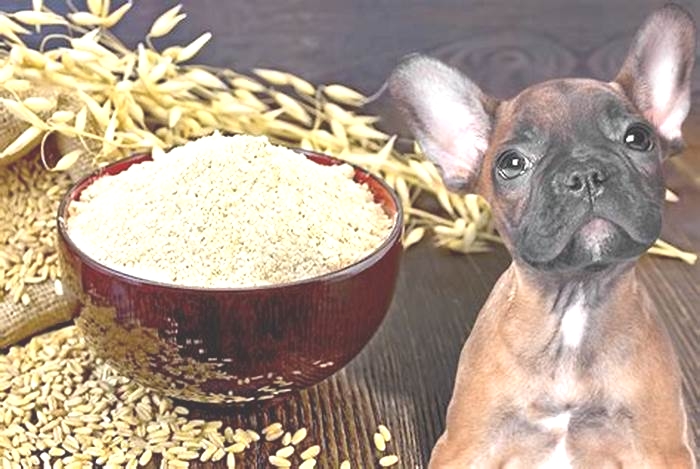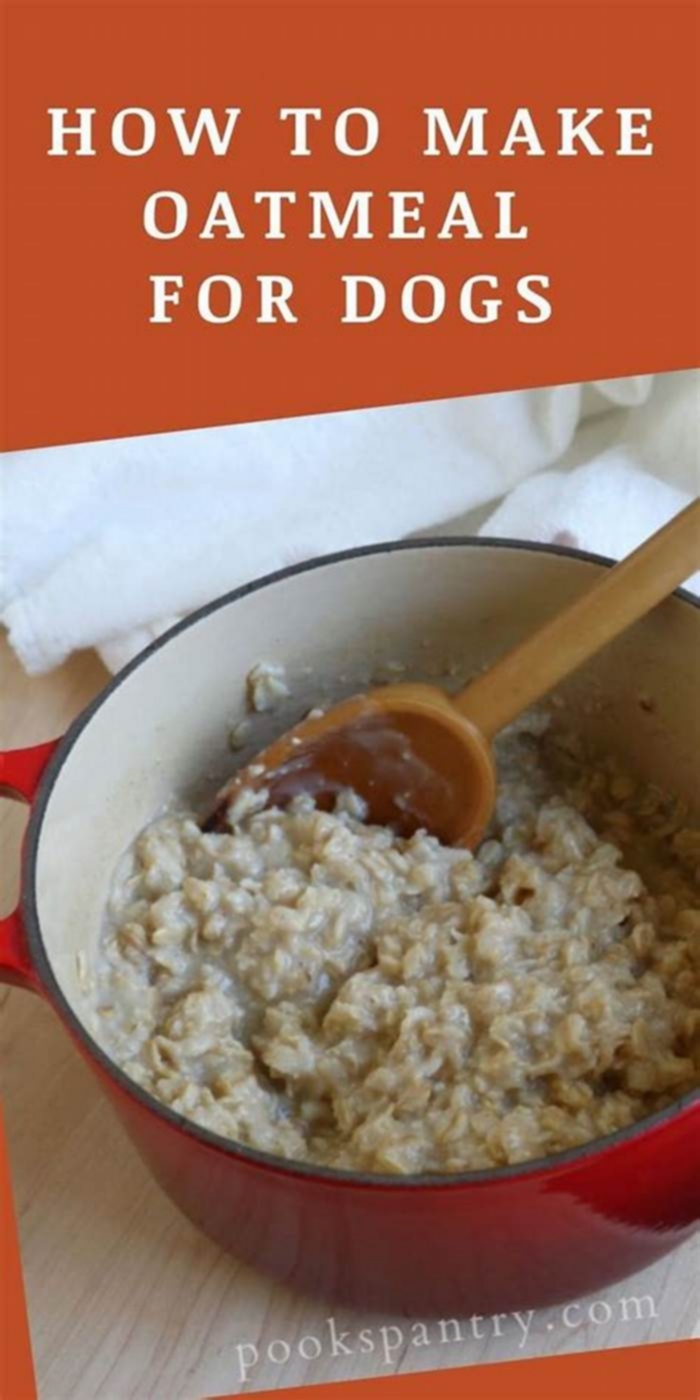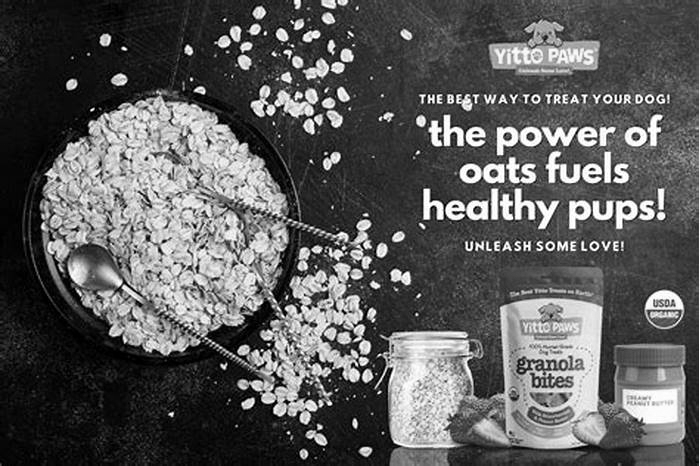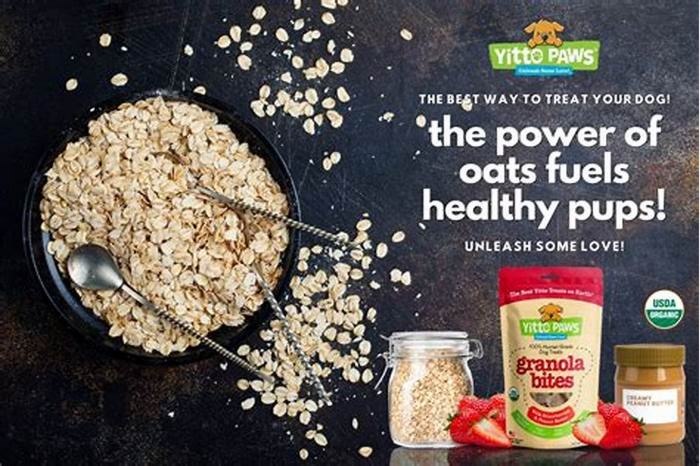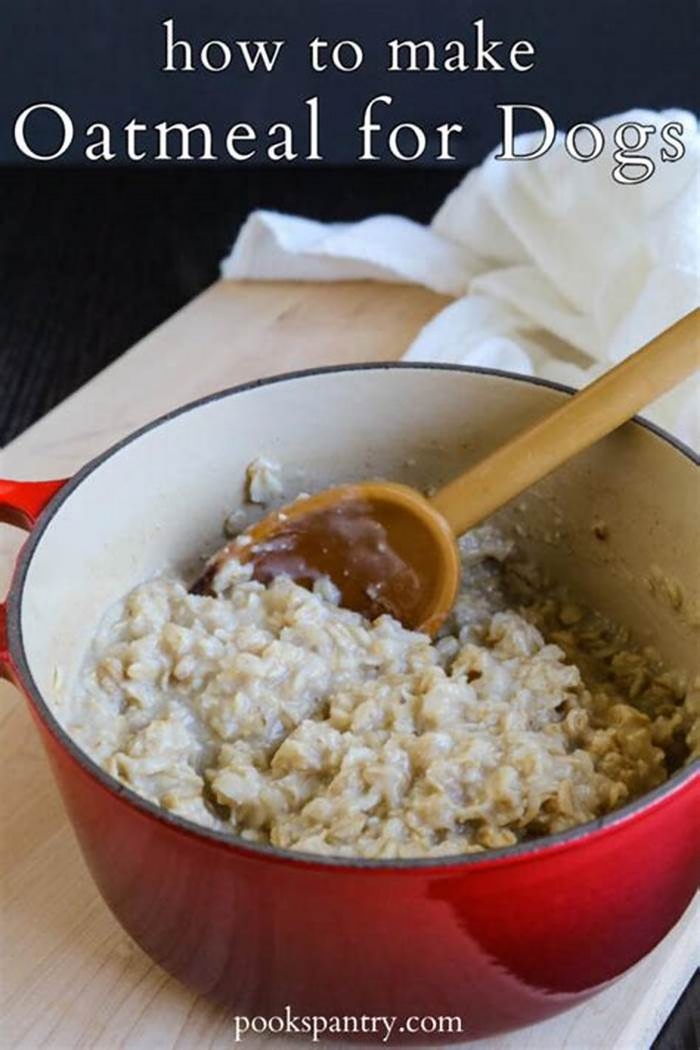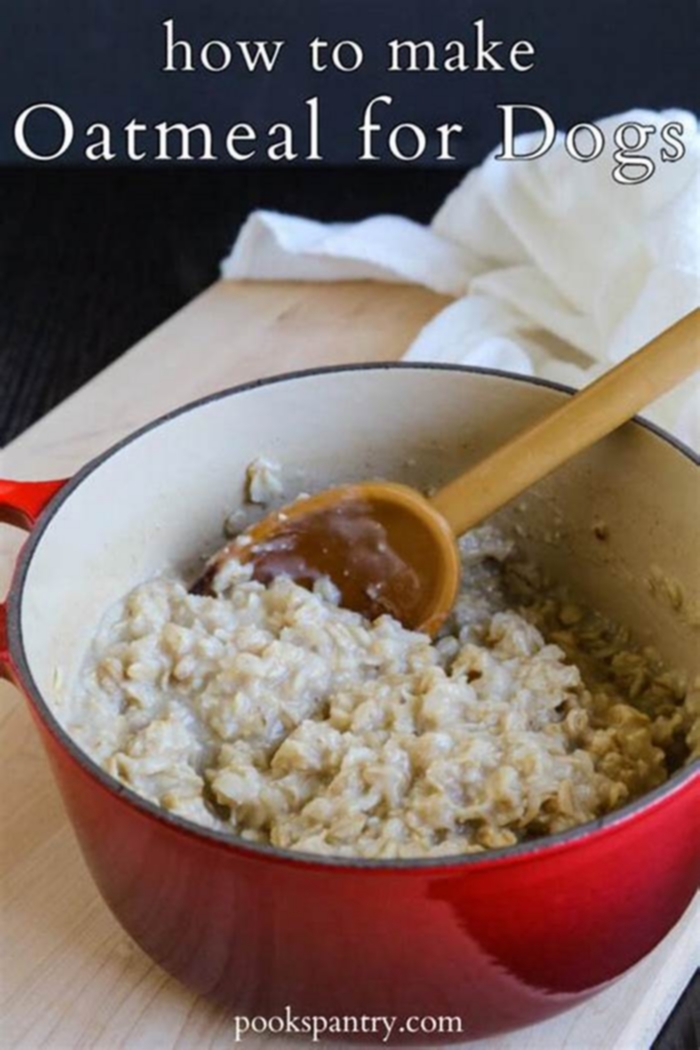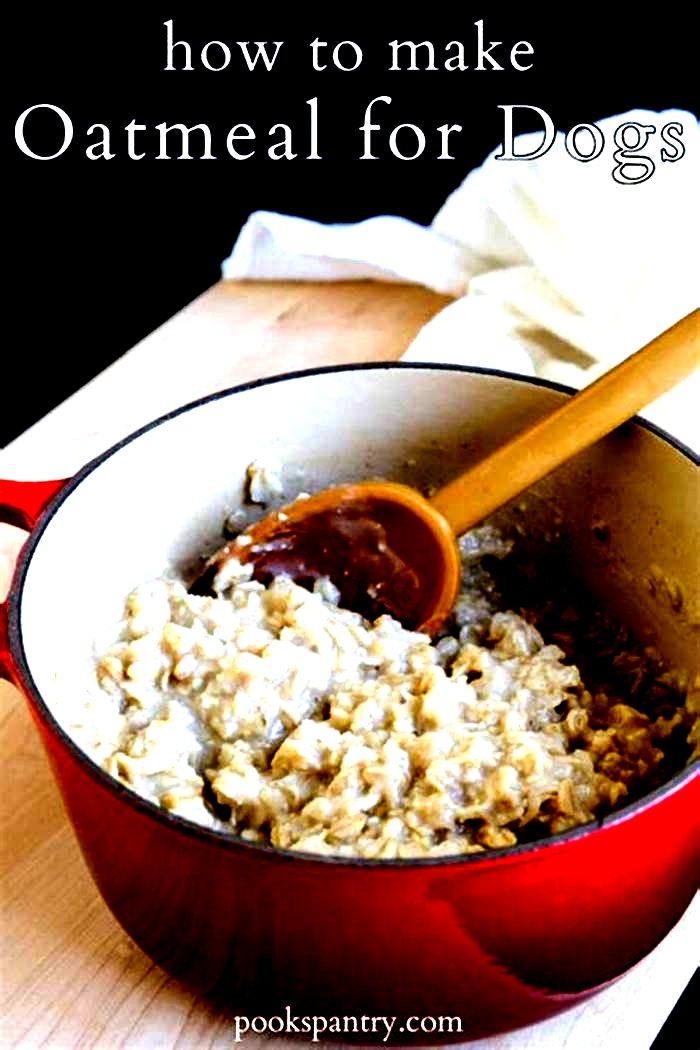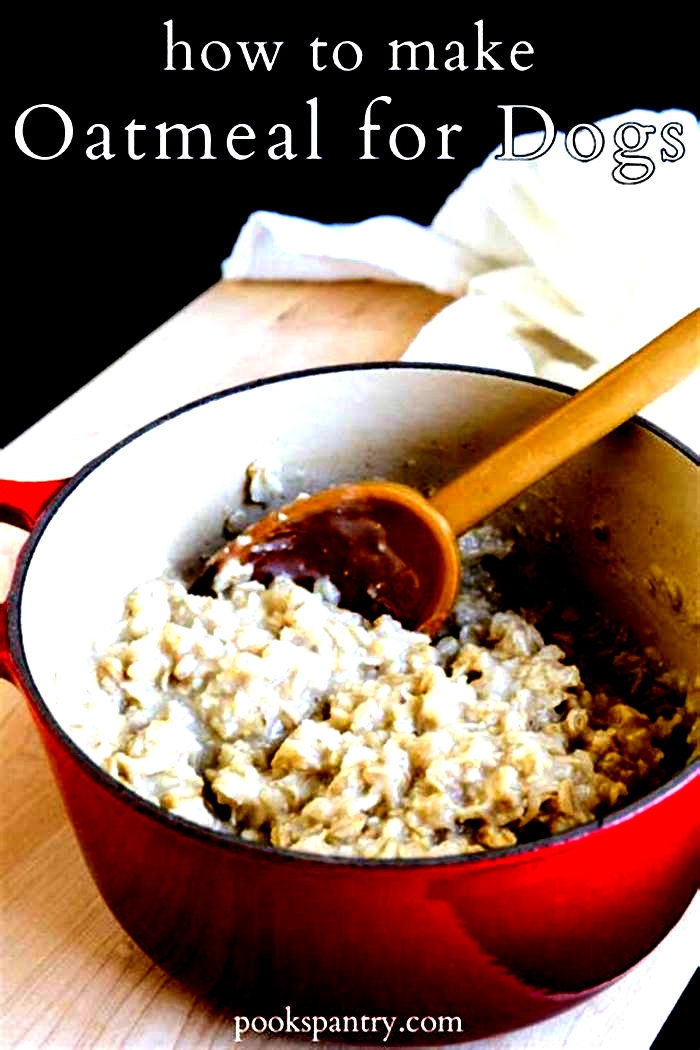is oat grass good for dogs

Wheatgrass for Dogs: Uses, Benefits and Side Effects
We've all seen our dogs munching on the lawn.
And usually, it's because their stomach is upset.
But did you know there is other grass they can munch on that is excellent for them?
It's called wheatgrass!
Just kidding, you'd probably have to feed it in powder form in their food.
Like I said before, there are several benefits of wheatgrass for dogs.
Keep reading to find out how safe wheatgrass is for dogs, what its uses and benefits are, and if there are any side effects to look out for.
In this article, we will discuss:
- What is wheatgrass?
- Is it safe for dogs to eat wheatgrass?
- What are the side effects of wheatgrass for dogs?
- What are the health benefits of wheatgrass for dogs?
- Ways to feed wheatgrass to your dog
Wheatgrass For Dogs 101
What Is Wheatgrass?
Before we get into all that, let's talk about what wheatgrass is.
As the name suggests, wheatgrass is a plant variety of the wheat family.
You may be familiar with it as a super-food often seen in the media being consumed in health restaurants as a very green drink from a shot glass.
Wheatgrass is very nutrient-dense, and while it may be an acquired taste, its health benefits arehighly regarded.
It contains a vast range of vitamins for a start, not to mention amino acids, chlorophyll, fiber, and enzymes.
This is a shot of green goodness that really does pack a punch.
Knowing your dog's taste for ordinary grass, the burning question is, can I feed wheatgrass to my dog?
Feeding Wheatgrass to Dogs Is It Safe?

The good news is YES it is perfectly safe to feed wheatgrass to your dog.
As it stands, wheatgrass is not known to be toxic to dogs, and there have not been any associated problems.
In fact, wheatgrass isextremely popularwith cats and a terrific edible alternative to them chomping on your houseplants.
It is an excellent way to get some healthy greens into your pet's diet.
Wheatgrass is much safer for your pet than eating lawn grass.
Landscaping companies treat and spray outdoor grass with fertilizers and insecticides.
These can be harmful to your pets, making them ill.
You also never know what other dogs or animals have been in the grass where your dog is snacking.
If they have been to the area toilet, they could easily have left parasite eggs for your dog to ingest.
You can alsogrow your wheatgrass indoors, givingyou greater control over your dog's consumption.
Your pup will be less likely to search for nutritional supplements during walks.
What Are the Side Effects of Wheatgrass for Dogs?
Before we look at the incredible health benefits wheatgrass can have for dogs, let's quickly take a look at the potential side effects.
Wheatgrass is generally very safe for dogs, but you should always consider the size of your dog and the recommended dosages.
If a dog overeats wheatgrass, it will probably experience some uncomfortable symptoms, such as indigestion, nausea, or vomiting.
What Are the Health Benefits of Wheatgrass for Dogs?
Wheatgrass is a nutritious and cleansing supplement to your dog's diet.
Chewing on wheatgrass can be a great breath freshener and provide your pet with an opportunity to floss their teeth.
In the wild, dogs would get good flossing action from chewing on raw meaty bones, grass, and shrubs, but many commercial dog foods don't provide the right texture to help clean inside your dog's mouth.
They usually do quite the opposite, crumbling or sticking to your dog's teeth and contributing to tartar and decay.
Wheatgrass also has a certain amount of antiseptic activity, which may benefit your pet's oral care routine.
The antioxidant activity of wheatgrass is suitable for your pet too.
Wheatgrass is an effective digestive aid, helping to prevent constipation.
It is also organ and blood cleansing and a great energy booster.
An added perk is that it helps to control body odor for those of you who have particular stinky dogs.
Ways to Feed Wheatgrass to Your Dog
If you are delighted to hear about these wheatgrass health benefits, you may be eager to stock up and start feeding this super-food to your dog.
Be aware that offering your dog any human wheatgrass supplements is not a good idea.
These may be too potent or contain other ingredients that may be good for you but toxic for your dog.
Here are some perfectly safe ways to offer wheatgrass to your dog
1. Grow wheatgrass in a pot You can create a mini indoor garden for your dog (it works great for cats, too) by growing wheatgrass like a plant in a big pot.
Keep it near your dog's food and water dishes so that your dog can help himself when he fancies it.
As long as you keep it trimmed and watered, with access to sunlight, the wheatgrass should keep re-growing so that you don't have to keep replacing it.
2. Chop it up and add it to your dog's dinner It's like seasoning your dog's meal with a sprinkling of herbs, and it will look so pretty!
Although your dog may not appreciate the Instagram-worthy aesthetic of your masterpiece, they'll wolf it down.
3. Juice it Yes, you can feed wheatgrass juice to your dog!
To make sure that you don't give too much and make your dog sick, as it will be very concentrated, just add a little of the juiced wheatgrass to your dog's water.
Like we said earlier, you can add it to your dog's food.
Pour wheatgrass juice into the food and stir for added moisture and goodness.
Grind it Did you know that when you grind wheatgrass up and let it soak in its own juices, you can use it as a poultice for minor wounds and scrapes?
For more serious cuts and injuries, you should always consult a veterinarian.
Avoid smearing into deep open wounds, sores that aren't healing, or anything that is oozing or unpleasant.
Best Wheatgrass Growing Kits for Dogs
The easiest way to continuously give your dog wheatgrass is to grow some of your own at home.
Here are some of our favorite wheatgrass growing kits, which can be specifically grown to feed your pet.
FAQs on Wheatgrass for Dogs
Can Cats Eat Wheatgrass?
Yes! We said earlier that it is popular for cats.
However, some of the parts of the plant cannot be digested.
How Much Wheatgrass Should I Give my Dog?
The amount you would normally have is totally different than what a dog would consume. We recommend that you give your dog 1 fl oz per 20lbs of body weight.
For example, my dog is just shy of 40 lbs, so I try to get just shy of 2 fl oz.
Wheatgrass for Dogs: Summary
Isn't it great to discover that something so healthy for you can also be used to boost your beloved dog's health?
Chewing on grass is also excellent mental stimulation for your dog, as this is a natural behavior.
This means that wheatgrass for dogs not only benefits their physical health but can also boost their mental well-being.
Now spread the word about all the incredible health benefits of wheatgrass so that other dog owners can give their dogs the same boost.
Disclosure: Wemay earn affiliate commissions at no cost to you from the links on this page. This did notaffect our assessment of products.Read more hereand findfull disclosure here.
The Best Types of Grass for Dogs to Eat A Comprehensive Guide

Grass is a common plant that can be found in almost every yard, park, and field. Many dogs are naturally attracted to grass and enjoy eating it. But not all types of grass are safe for dogs to consume. Some grasses can cause digestive issues or even be toxic to dogs.
So what kind of grass is good for dogs to eat? The answer is simple: dog grass. Dog grass, also known as pet grass or dog-friendly grass, is a type of grass species that is safe and non-toxic for dogs to eat. It is carefully selected and cultivated to provide dogs with a natural and healthy source of fiber.
Dog grass has many benefits for dogs. It helps with their digestion by providing essential fiber that aids in the movement of food through their digestive system. It can also help to prevent constipation and promote regular bowel movements. In addition, dog grass is rich in vitamins and minerals that contribute to a dogs overall health and well-being.
When choosing dog grass for your furry friend, it is important to look for a variety that is free of pesticides and chemicals. Organic dog grass is the best option, as it is grown without the use of harmful substances that could be potentially harmful to your dogs health. You can easily find dog grass seeds or pre-grown dog grass mats at pet stores or online.
Overall, allowing your dog to eat dog grass can be a beneficial and natural way to support their digestive health. Just make sure to supervise them while they are eating grass and seek veterinary advice if you notice any unusual symptoms or behaviors. Remember, a happy and healthy dog is a dog that can enjoy a delicious and safe treat like dog grass!
Benefits of Dogs Eating Grass
While it may seem strange, there are actually some benefits to dogs eating grass. Here are a few reasons why dogs might indulge in this behavior:
- Purging the digestive system: Dogs may eat grass to prompt vomiting, which can help them get rid of something that is causing discomfort or an upset stomach.
- Natural source of fiber: Grass contains fiber, which can aid in digestion and regulate bowel movements. It can also help prevent constipation.
- Nutritional benefits: Grass contains certain nutrients, such as vitamins A and C, which can contribute to a dogs overall health and well-being.
- Relief from boredom or anxiety: Some dogs may eat grass out of boredom or as a way to release pent-up energy. Chewing on grass can provide a form of mental and physical stimulation.
- Soothing an irritated throat: Grass can act as a natural throat soother, helping to alleviate irritation or discomfort in a dogs throat.
While these potential benefits exist, its important to note that not all dogs will experience them, and grass eating should be monitored to ensure it doesnt become excessive or result in any negative health consequences. If you notice that your dog is eating grass excessively or showing signs of ill health, its best to consult with a veterinarian to rule out any underlying issues.
Types of Grass Safe for Dogs to Eat
While some types of grass can be harmful to dogs, there are a few varieties that are safe and even beneficial for them to nibble on. These grasses can provide nutritional value and help aid digestion in dogs. Here are some types of grass that are safe for dogs to eat:
- Barley Grass: Barley grass is a type of grass that is safe for dogs to consume. It is high in fiber and can help with digestion. Barley grass can also provide essential vitamins and minerals for dogs.
- Wheatgrass: Wheatgrass is another type of grass that is safe for dogs to eat. It is rich in antioxidants and can help stimulate the immune system. Wheatgrass can also aid in detoxification and improve digestion in dogs.
- Oat Grass: Oat grass is safe for dogs to eat and can be beneficial for their health. It is high in fiber and can help with digestion. Oat grass can also promote healthy bowel movements in dogs.
- Rye Grass: Rye grass is safe for dogs to consume and can provide nutritional benefits. It is high in fiber and can aid in digestion. Rye grass can also help with detoxification and promote a healthy coat in dogs.
- Bluegrass: Bluegrass is a type of grass that is safe for dogs to eat. It is high in fiber and can help with digestion. Bluegrass can also provide essential vitamins and minerals for dogs.
It is important to ensure that the grass your dog consumes is free from pesticides or chemicals. If you are unsure about the type of grass in your yard, consult with a veterinarian to determine if it is safe for your dog to eat.
Problems with Dogs Eating Certain Types of Grass
Dogs are known for their curious nature and tendency to explore their surroundings with their mouths. While it may seem harmless, there are certain types of grass that can pose problems when ingested by dogs.
Gastrointestinal Issues:
Some types of grass, such as Bermuda grass, can be difficult for dogs to digest. When dogs eat these types of grass, it can lead to gastrointestinal issues such as an upset stomach, vomiting, and diarrhea. Additionally, certain types of grass can contain toxins or chemicals that can be harmful to dogs if ingested.
Intestinal Obstructions:
Dogs who consume long, stringy types of grass, such as dune grass or foxtails, run the risk of experiencing intestinal obstructions. These types of grass can become entangled in a dogs digestive system, causing blockages that may require surgical intervention to resolve. Symptoms of an intestinal obstruction can include lethargy, loss of appetite, vomiting, and abdominal pain.
Allergic Reactions:
Some dogs may be allergic to certain grasses, such as Kentucky bluegrass or fescue. Ingesting these grasses can trigger allergic reactions, including itching, skin inflammation, hives, and respiratory difficulties. If a dog shows signs of an allergic reaction after eating grass, it is important to seek veterinary attention.
Chemical Exposure:
In urban areas, grass may be treated with pesticides, herbicides, or fertilizers that can be toxic to dogs if ingested. These chemicals can lead to symptoms such as vomiting, diarrhea, neurological issues, and in severe cases, even death. It is crucial to keep dogs away from grass that has been recently treated with any sort of chemical.
Overall, while its natural for dogs to occasionally nibble on grass, it is important for owners to be aware of the potential risks associated with certain types of grass. If a dog consistently exhibits a desire to eat grass, it may be a sign of an underlying health issue and should be discussed with a veterinarian.
How to Encourage Dogs to Eat Grass
If you want to encourage your dog to eat grass, there are a few things you can try:
1. Provide a safe grass area: Make sure you have a designated area in your yard where your dog can safely eat grass. This will help ensure that the grass is free from pesticides, fertilizers, or harmful substances that could be harmful to your dog.
2. Offer a variety of grass: Dogs may prefer certain types of grass over others. Try offering different types of grass to see which one your dog prefers. You can also try growing different varieties of grass in your yard to give your dog more options.
3. Monitor your dog: Keep an eye on your dog when they are outside and pay attention to when they show interest in eating grass. This will help you understand their preferences and determine if there are any patterns or triggers that encourage them to eat grass.
4. Incorporate grass into their diet: If you want to encourage your dog to eat grass for its nutritional benefits, talk to your veterinarian about incorporating grass into their diet. Your vet can recommend safe and appropriate ways to introduce grass into their routine.
5. Introduce toys or treats: Some dogs may be more motivated to eat grass if it is part of a game or reward. You can try hiding treats in the grass or using interactive toys that encourage your dog to search for food in the grass.
Remember, while eating grass is generally safe for dogs, its important to monitor them to ensure they are not consuming large amounts or eating grass that has been treated with harmful chemicals. If you have any concerns about your dogs grass-eating habits, consult with your veterinarian.
Tips for Maintaining a Dog-friendly Yard
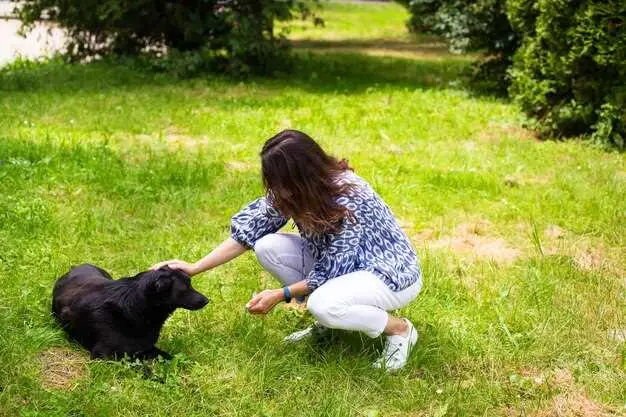
Having a dog-friendly yard is important for the well-being of your furry friend. Here are some tips to ensure your yard is a safe and enjoyable space for your dog:
Fence in your yard: Installing a secure fence around your yard is essential to keep your dog from wandering off and to keep out any unwanted visitors. A fence will provide your dog with a designated area to play and explore.
Choose dog-friendly plants: Some plants can be toxic to dogs if ingested, so its important to choose dog-friendly plants for your yard. Research which plants are safe for dogs and consider adding them to your landscaping.
Provide shade and shelter: Dogs need a place to retreat from the sun and seek shelter in case of bad weather. Providing shade and shelter in your yard will ensure your dog stays comfortable and protected.
Create a designated bathroom area: Designate a specific area in your yard as a bathroom spot for your dog. This will make clean-up easier and help to maintain a cleaner yard overall.
Regularly mow and trim: Keeping your yard well-maintained by regularly mowing and trimming the grass and plants will prevent overgrowth, ticks, and fleas, and keep your yard a safe and clean space for your dog to enjoy.
Pest control: Implementing a pest control system in your yard will help keep ticks, fleas, and other pests away from your dog. Consult with your veterinarian to find the best pest control methods that are safe for your dog.
Remove toxic substances: Ensure that any toxic substances such as fertilizers, pesticides, and chemicals are safely stored or eliminated from your yard. These substances can be harmful to dogs if ingested.
Regularly clean up waste: Cleaning up your dogs waste regularly will not only keep your yard clean but also prevent the spread of parasites and bacteria. Use dog waste bags or a designated disposal area to properly dispose of waste.
Provide toys and activities: Make sure your yard has plenty of toys and activities to keep your dog entertained and mentally stimulated. This will prevent them from becoming bored and encourage them to spend time in the yard.
Remember, a dog-friendly yard is a happy and safe environment for your furry companion. By following these tips, you can create a yard that both you and your dog will love spending time in.

